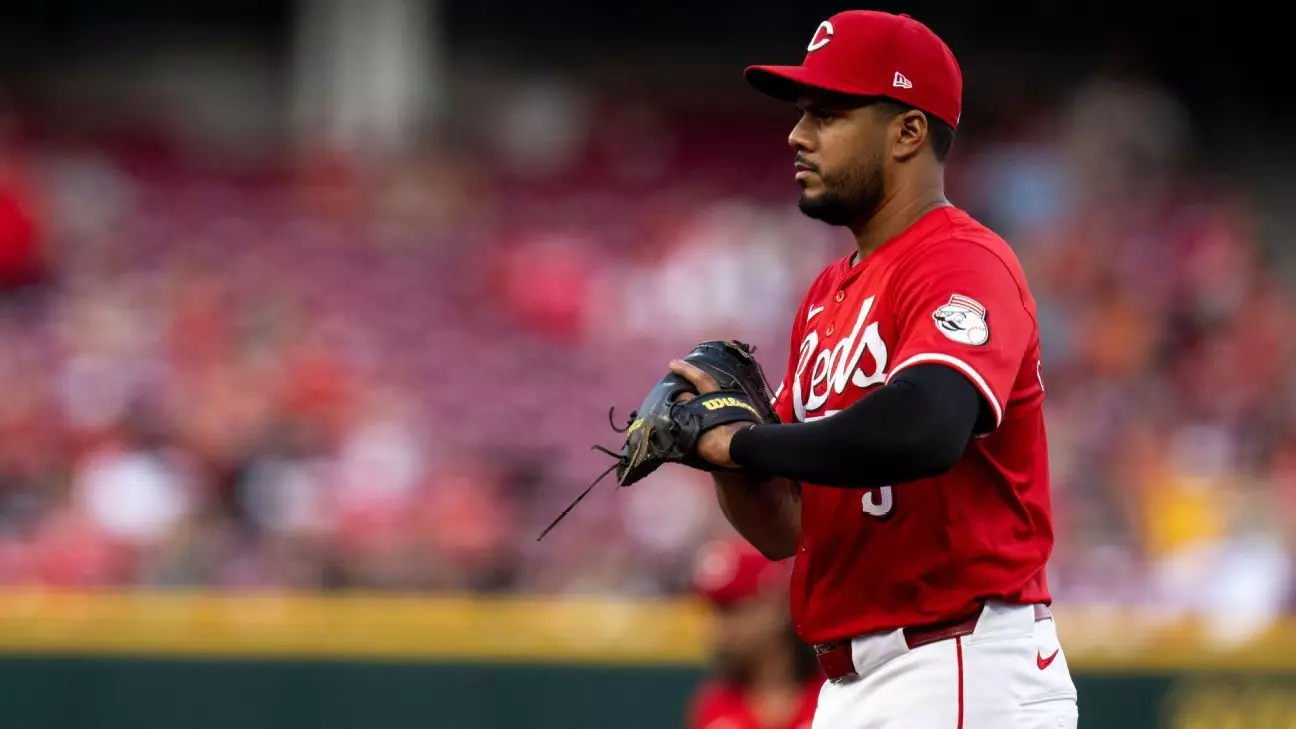In a surprising twist that underscores the volatility inherent in professional sports, the Cincinnati Reds have made a decisive move by reinstating infielder Jeimer Candelario from the injured list only to designate him for assignment almost instantaneously. This decision, made just a year after signing him to a hefty three-year, $45 million contract, highlights a reality that sports franchises often grapple with: the difficulty of aligning financial investments with tangible on-field performance.
Reds president of baseball operations, Nick Krall, candidly expressed the rationale behind this drastic move, stating that keeping players proven to contribute to winning games takes precedence over sunk costs. This frank acknowledgment serves as a reminder that in high-stakes environments like Major League Baseball, loyalty to players is often eclipsed by the need for immediate results. Candelario’s underwhelming performance at the plate prior to his injury makes this augury even more poignant.
The Performance Quandary
Candelario has had a checkered history in the league. With a promising start in his 2024 season, where he managed to hit 20 home runs and accumulate 56 RBIs, hopes were high for his continued contribution to the Reds. However, his subsequent drop in form—culminating in just a .234 batting average along with a staggering 117 strikeouts over 112 games—raises critical questions about his ability to cope with the pressures and demands of major league baseball.
The statistics reveal a more complex narrative; prior to his lower back injury sustained in late April, Candelario had struggled significantly, batting only .113 with two home runs and 13 RBIs in 22 games. This stark decline illustrates not just a player in a slump, but potentially the fading of a once-promising career. His rehabilitation stint has not instilled confidence either, as he batted just .238 across two minor leagues, with a paltry showing of one home run and 13 RBIs in 17 games.
The Reds’ Future Outlook
As Cincinnati pivots toward a future built on the potential of younger players, the direction seems increasingly clear. With upcoming talents such as Christian Encarnacion-Strand, Noelvi Marte, and Spencer Steer stepping into major roles on the corner infield, the Reds appear committed to a youth-driven strategy, putting performance and results above financial commitments made in the past. This choice resonates deeply; it reveals a commitment to agility and pragmatism that could ultimately define the franchise’s rebuilding efforts.
Krall’s assertive approach in transitioning away from Candelario could symbolize a broader shift within the organization to prioritize on-field contributions over financial considerations. In an era where the economics of the game are scrutinized more than ever, Cincinnati’s decision to cut ties with a player who isn’t meeting expectations echoes a growing trend.
While Candelario may be seeking another opportunity in the league, the Cincinnati Reds are sending a strong message: in the pursuit of victory, adaptability and decisive action are paramount. The days of adhering to sunk costs may be giving way to a smarter, results-oriented mindset that embraces change and prioritizes the team’s competitive edge above all else.

